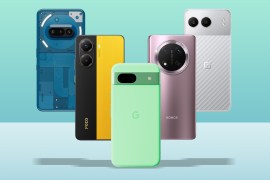7 things you need to know about the Samsung Galaxy S7 and S7 Edge
These are the most important details about the power couple you’ve been waiting for

At this point you’re probably drowning in news and specs from MWC 2016. We hear you, which is why we thought we’d cut the gubbins and cut straight to the point.
These are the seven things you need to know before deciding which, if either, of Samsung’s new flagship phones is the one for you.
The displays are the same resolution, but not the same size
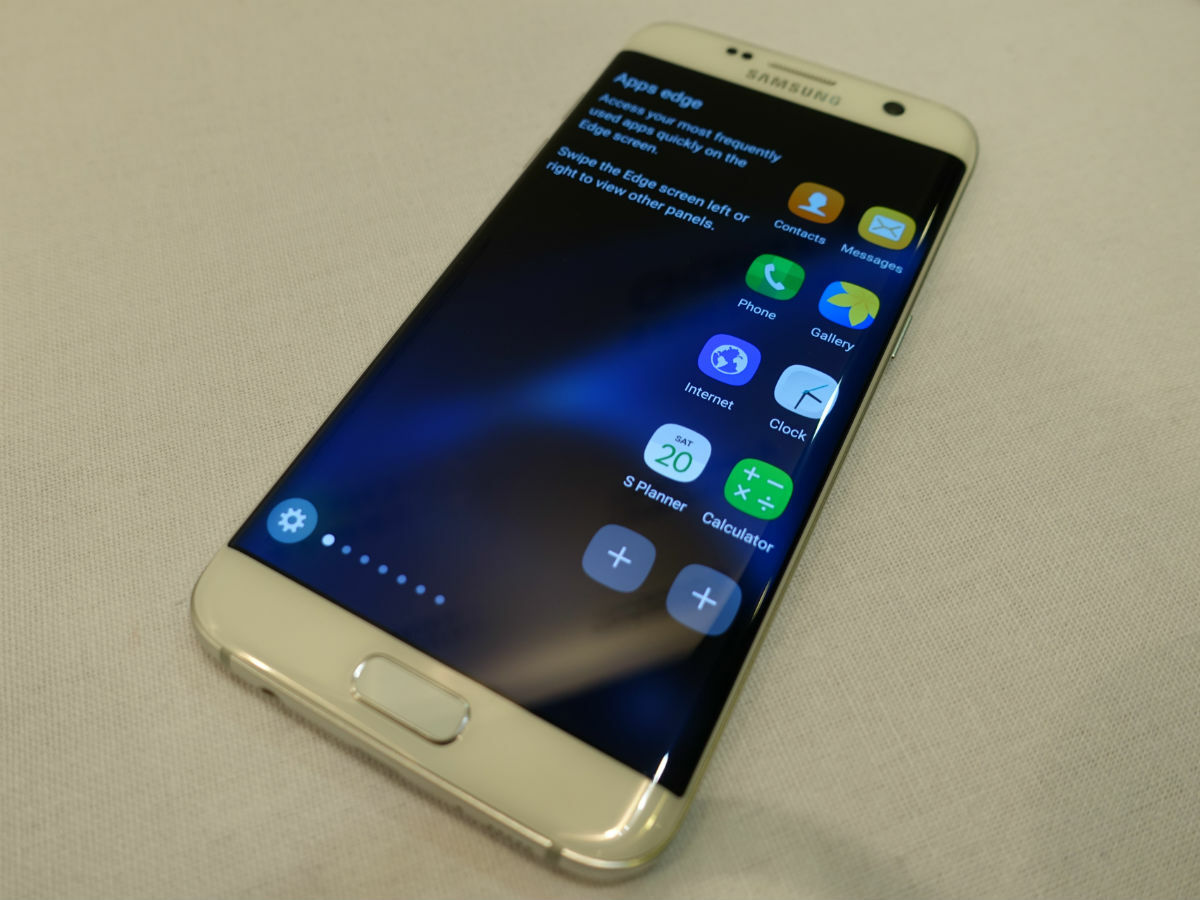
Both phones utilise the Super AMOLED display tech that we’ve come to know and love – lush, bright, and colourful.
But while the Galaxy S7 retains the same pixel density and measurements as the S6 at 577ppi, the S7 Edge’s screen size has increased from the S6 Edge’s 5.1in to 5.5in. It seems that if you want an edge-tacular Samsung phone this year, it’s going to have to be phablet-sized.
The S7 Edge’s screen may be slightly smaller than the S6 Edge+’s, but it’s packing even more pixels: The pixels per inch count has gone up from 518ppi to 534ppi.
That might seem like a minor step up in clarity, but your eyeballs will feel the difference when you have to read a wall-o-text email on your S7 Edge.
The camera is blisteringly fast
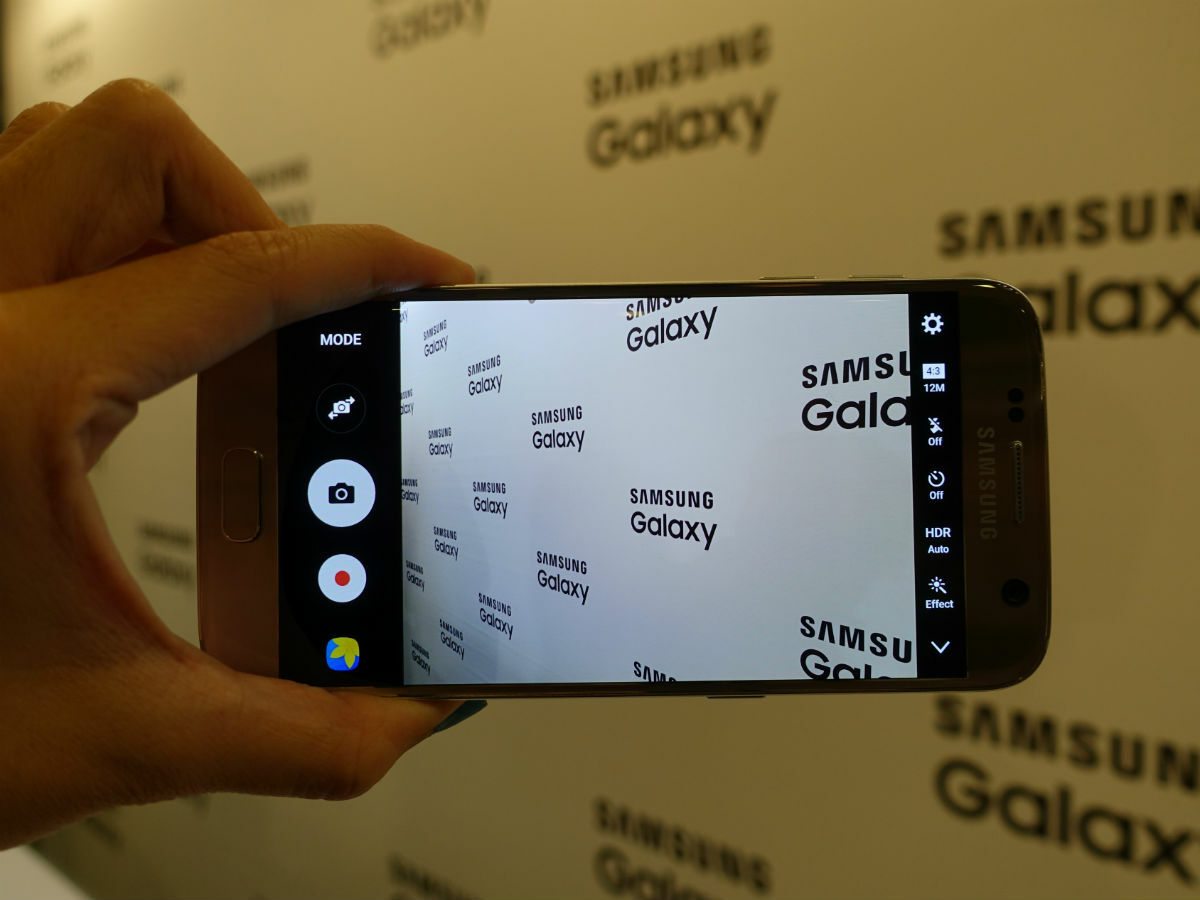
The Galaxy S7 and S7 Edge have an autofocus that will more than make up for your ponderous, human reactions. During our hands-on every tap turned out excellent shots, instantly and without blur, even as we were simultaneously moving and snapping in dim conditions.
It comes as something of a surprise that the megapixel count has actually dropped from the S6’s 16MP to 12MP on both the S7 and S7 Edge, but larger pixels on the sensor coupled with a larger aperture (f/1.9 compared to f/1.7) means way better shots in light-lacking situations.
Simply put, Samsung has prioritised speed and low-light performance, and so far it looks to us as though that decision has paid off.
They’ve got serious game
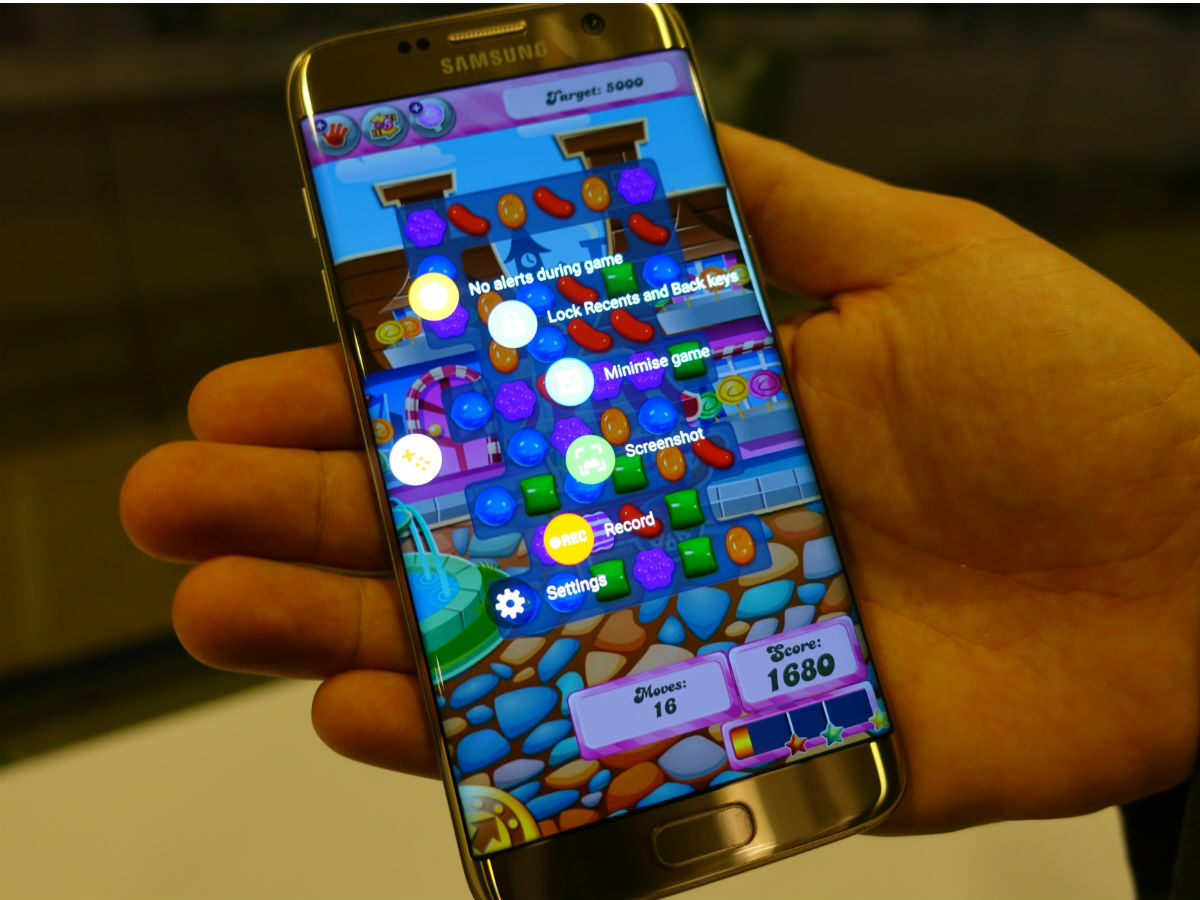
With GPU performance improved by 60%, the sum of the phones’ parts equals a liquid smooth user experience and also higher quality gaming. The phone will even take the heat off you during long gaming sessions with a special, closed cooling system.
To prove how seriously the Galaxy S7 and S7 Edge are taking your gaming experience, there’s a new native app called Game Launcher. When you open up a game app using this, it will grab snaps of you as you play, giving you a very shareable smug-mug to accompany that new high score.
Game Launcher can also lock your Recents and Back keys so you don’t accidentally exit your game, and it will stop notifications from spoiling your winning streak. If you’re not top of the leaderboard after pulling these extra stops, you’ve only got yourself to blame.
They’ll swim, not sink
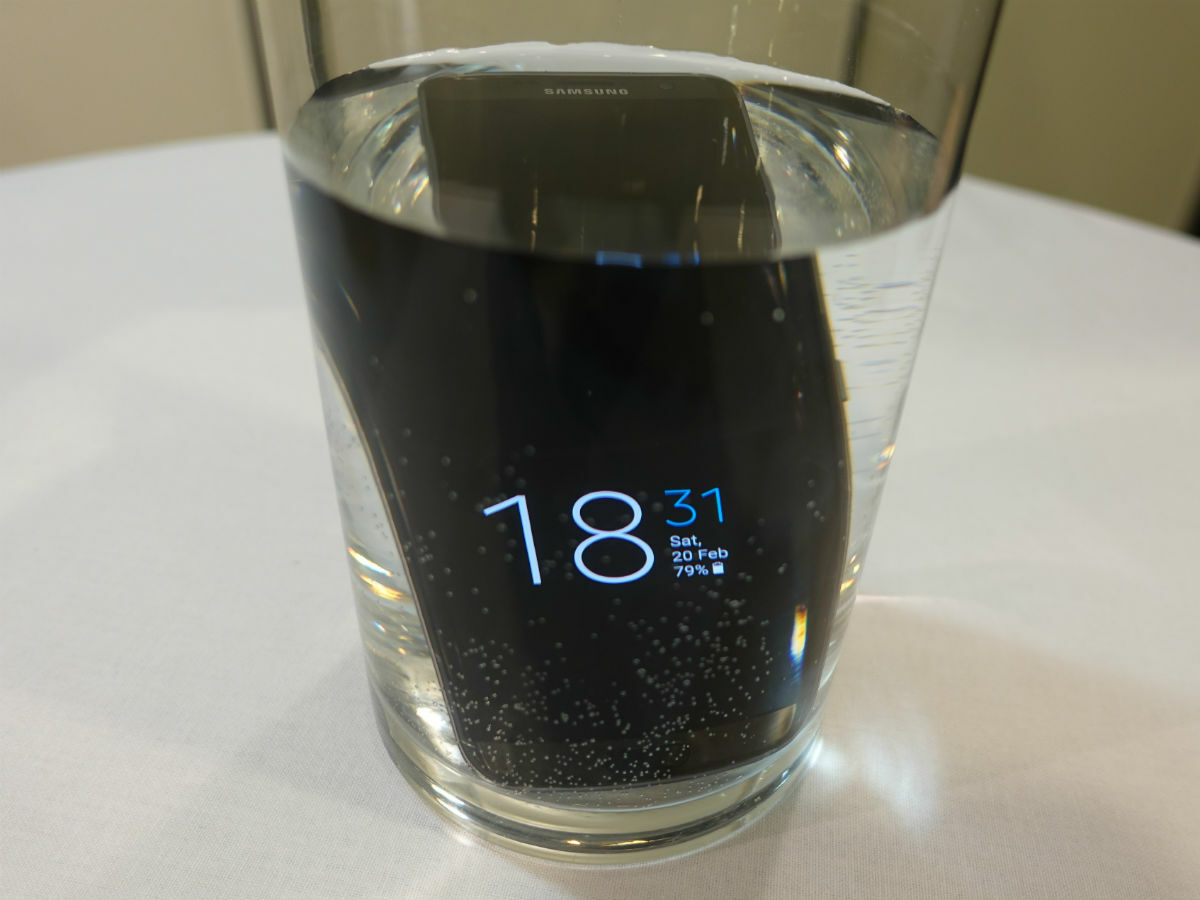
The new Galaxy S7 and S7 Edge can make a splash in more ways than one, as both come with the IP68 waterproof rating that indicates they can survive a dip in depths of up to 1.5 metres for 30 minutes.
And this privilege doesn’t come at the expense of prettiness. There are no fiddly flaps desperate detach themselves from your phone and remove the waterproofing prowess.
They look good and feel even better
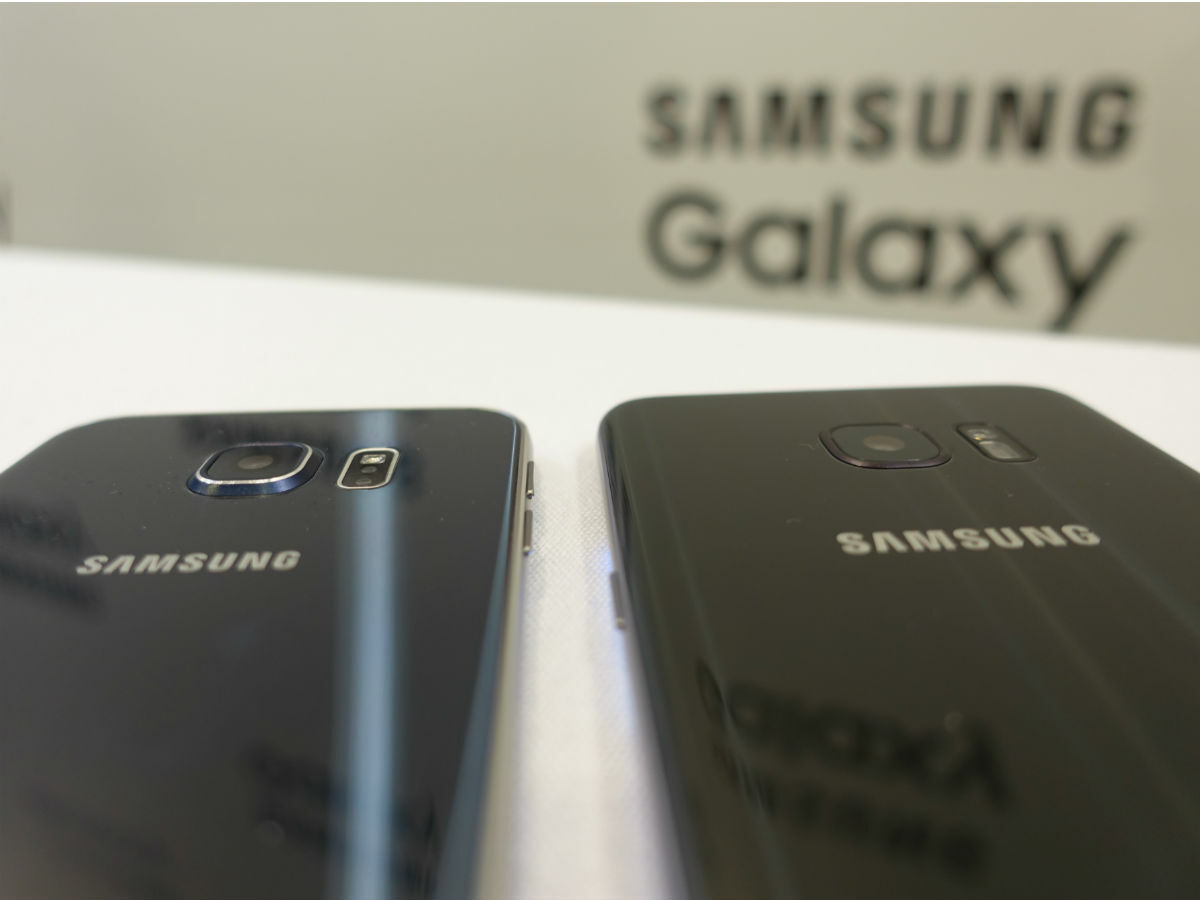
The Galaxy S7 and S7 Edge may look practically identical to their predecessors, but you’ll feel the difference once you pick them up.
They’ve both got slightly curvier backs, lending to a more ergonomic and natural hold. However, as good looking as they are, you might want to put a cover on them if you don’t want distracting smudges on all that shiny metal.
At least one of the endlessly snaggable protrusions has been reduced: the camera bump is now just 0.46mm. It’s a shame it’s not completely flush, of course, but it’s significantly less in-your-face. The picture above illustrates the difference, with the S6 Edge on the left.
Power packed
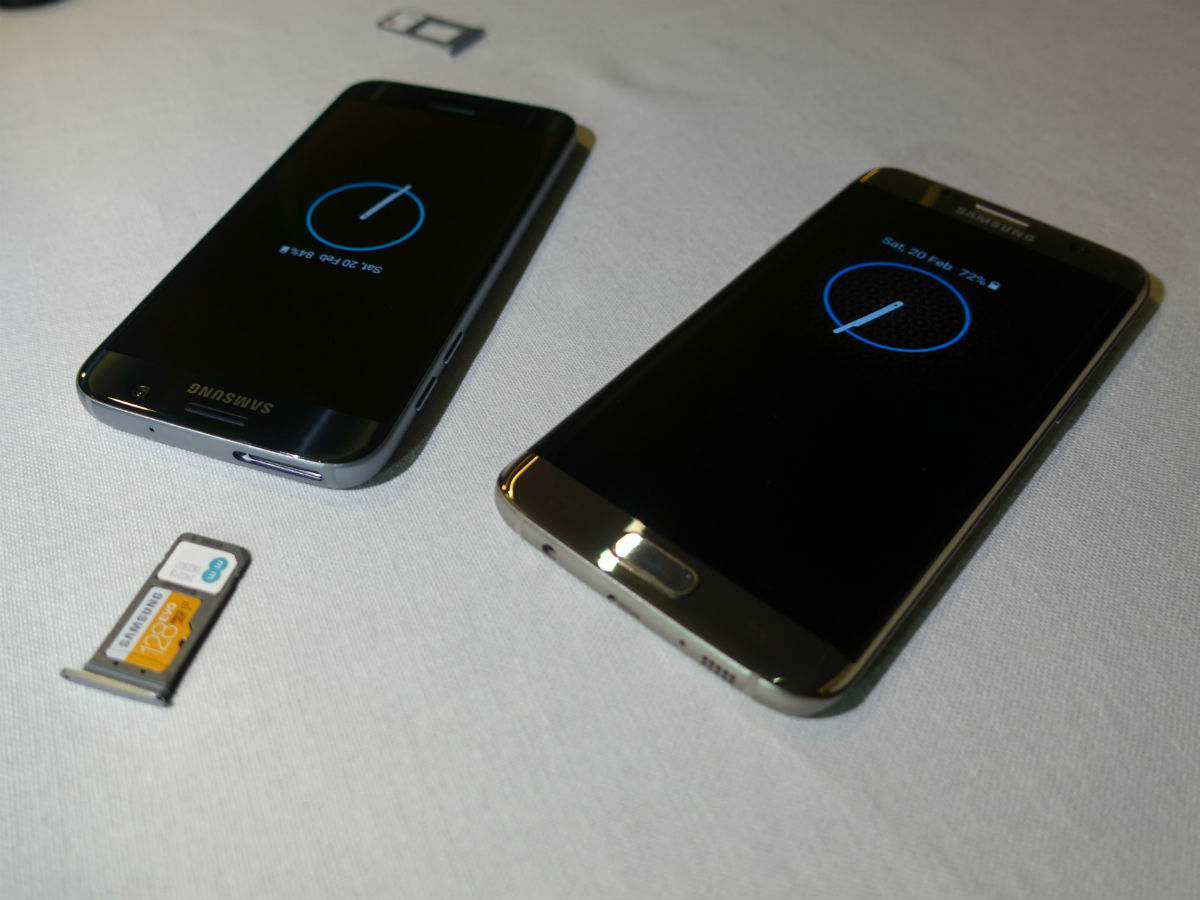
Booted up with 4GB RAM and a quad-core processor, the S7 and S7 Edge promise a performance that’s more than 30% faster. Throw in a larger 3000mAH battery for the S7 and a 3600mAh juicepack for the S7 Edge and that power should theoretically last longer than before. That the batteries can’t be removed and replaced will continue to annoy some phone fanatics, but at least fast charging is still supported.
If that doesn’t sway you, this should: support for microSD cards of up to 200GB. The return of expandable memory, thanks to a hybrid SIM tray that lets a microSD sit alongside your SIM card, will be very welcome to plenty of media and app hoarders.
Neat new always-on trick
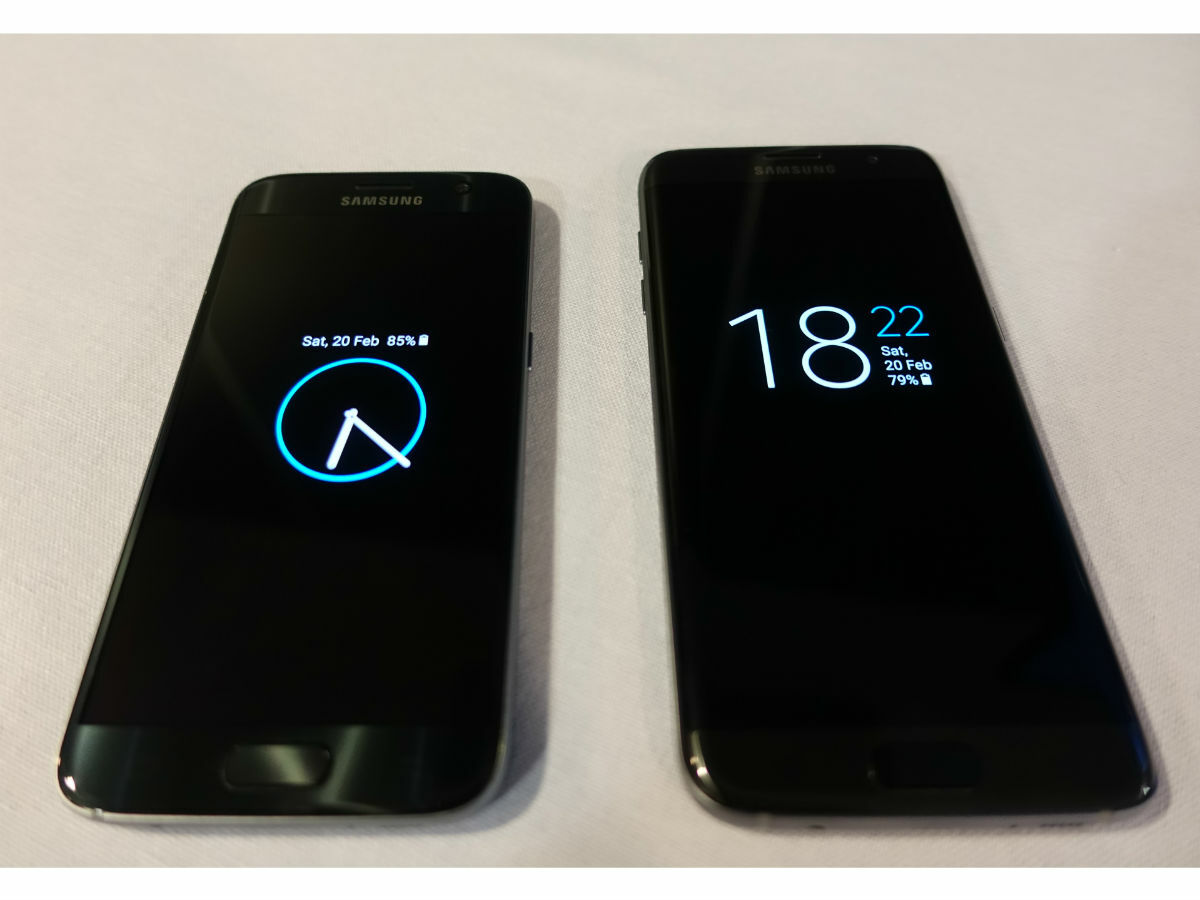
Gone are the days that you’ll have to wake your phone up to check the time or your numerous notifications. You can activate the new always-on feature to display only the most pertinent information, such as the time, date, notifications, calendar, or add a touch of personality with customisation.
The AMOLED display allows it to eliminate the black pixels which goes a long way in saving battery and creating a nice visual at the same time.
It only adds up to 1% battery drain in an hour, so is a lot more power-economical than constantly waking your phone to check on these things. Fingers crossed the feature is as useful and well thought out as it sounds.
Read more › Samsung Galaxy S7 hands-on review

